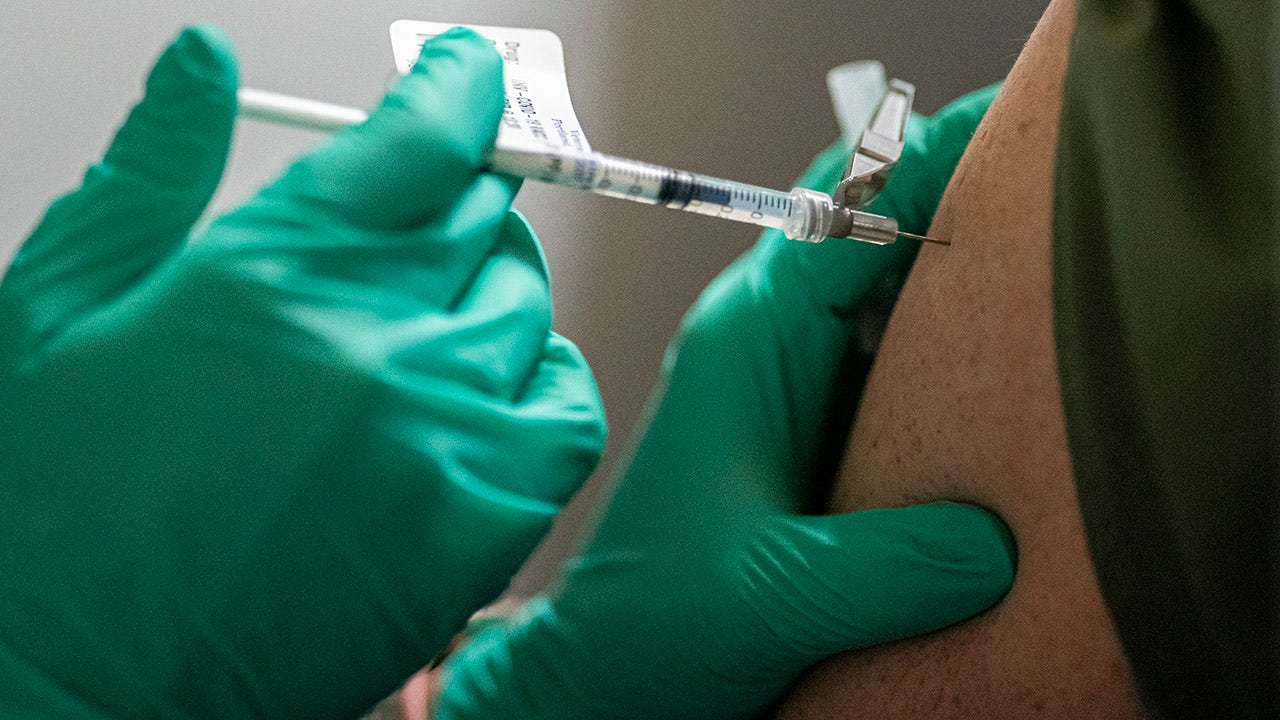Pfizer Inc. and BioNTech SE started a study testing people to see if companies’ COVID-19 injection can provide protection against emerging strains of the coronavirus.
The companies said on Thursday that they had started a small study to see whether a third dose of their authorized COVID-19 vaccine would increase its effectiveness against new variants, such as the strain first identified in South Africa.
The approach differs from Moderna Inc., which said on Wednesday that it made a new vaccine against the strain found in South Africa and sent doses to US government researchers for testing in humans.
PFIZER COVID-19 VACCINE 94% EFFECTIVE IN REAL WORLD CONDITIONS: STUDY
Pfizer and BioNTech said they are also in discussions with health regulators in the U.S., Europe and others over the study of an improved version of their vaccine that researchers have designed to protect against the variant found in South Africa.
“We are taking a number of steps to act decisively and be ready should a strain become resistant to the protection afforded by the vaccine,” said Pfizer chief executive Albert Bourla in a statement.
Both the Pfizer-BioNTech and Moderna COVID-19 vaccines appeared to generate a weaker immune response to the strain identified in South Africa, as well as other vaccines in advanced stages of development.
MODERN’S NEW COVID-19 VACCINE FOR SOUTH AFRICAN VARIANT READY FOR HUMAN TESTING, THE COMPANY SAYS
Companies like Johnson & Johnson are also working on new vaccines.
The US Food and Drug Administration said this week that it plans to quickly assess any booster doses of variant vaccine and does not require major efficacy tests for authorization.
CLICK HERE FOR FULL CORONAVIRUS COVERAGE
The two-dose vaccine from Pfizer-BioNTech was the first authorized for use in the United States in December, after a large global study of 44,000 people found that the vaccine was safe and 95% effective in protecting against symptomatic COVID-19.
Click here to read the full article on WSJ.com.
